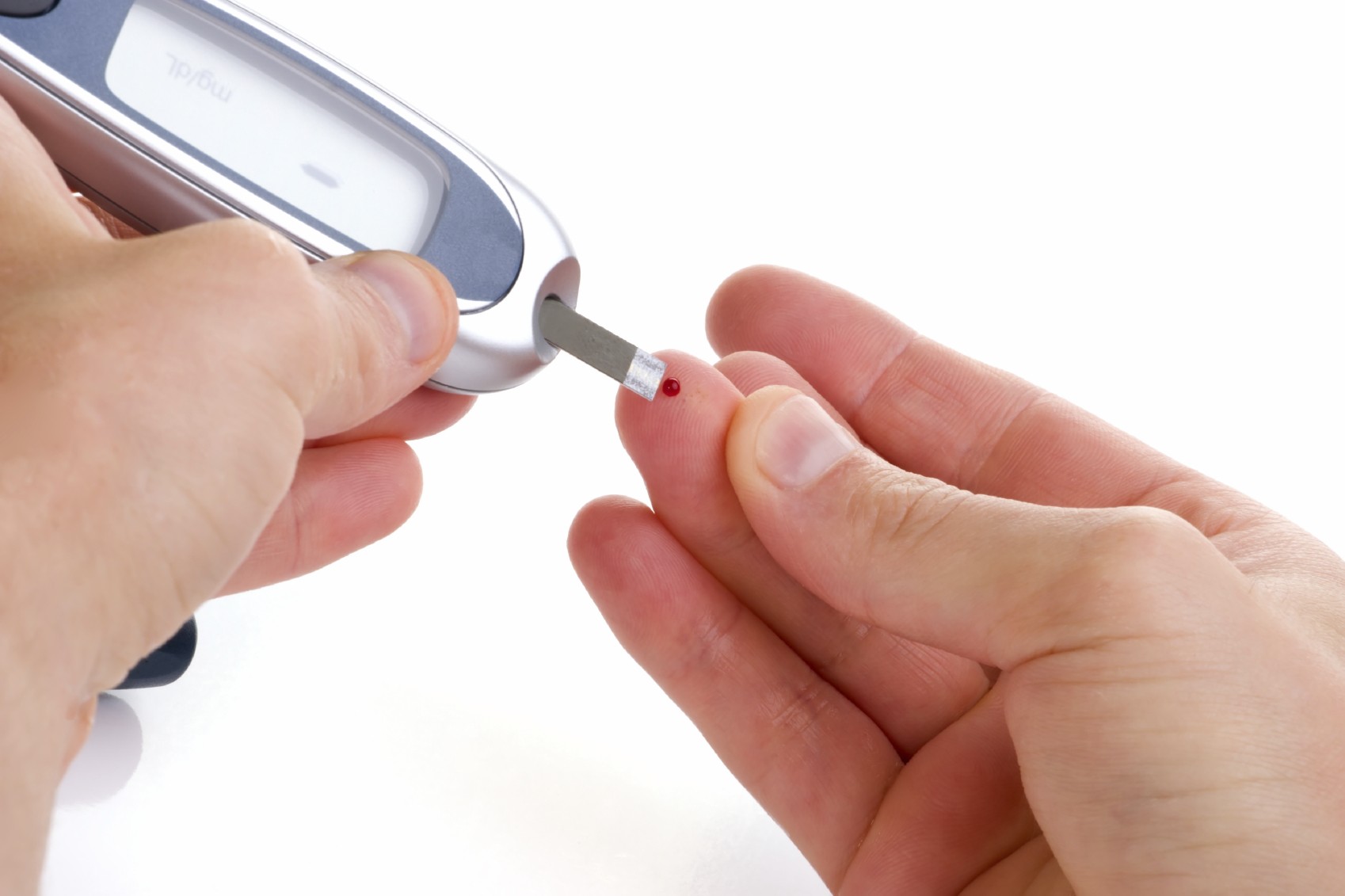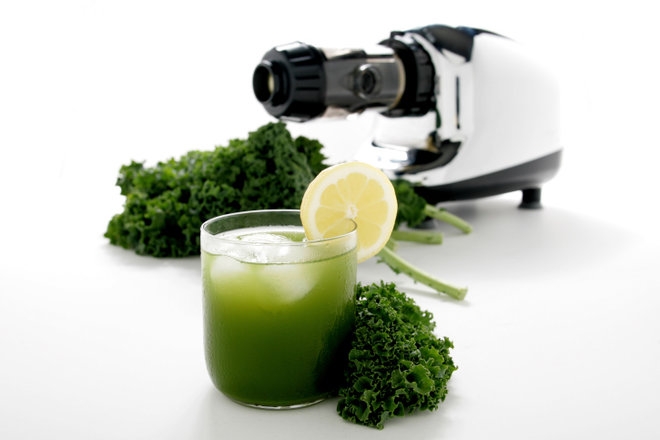
by admin | Oct 3, 2013 | Healing Food Facts
As the months grow cooler, a whole new flavor pallet is in season. One of many people’s fall favorites is maple syrup. Made by tapping the bark of trees, maple syrup is a product of sugar and black maple trees. It is thought that Natives Americans discovered maple...
by admin | Oct 2, 2013 | Awareness month, Cancer
Breast cancer has reached near epidemic status among American women as it is currently estimated that one out of eight women in the United States will develop breast cancer in her lifetime. Currently, breast cancer causes over 40,000 deaths in the United States each...

by admin | Oct 1, 2013 | Diabetes, Natural Facts
Introduction The research is quite clear – oral medications to treat type 2 diabetes do not alter the long-term progression of the disease. While these drugs can be quite effective in the short term, several different types are associated with an increased chance of...

by admin | Sep 30, 2013 | Natural Facts
I’m hearing about more and more people getting vitamin B injections, but then I read that this is appropriate only for people with a deficiency. What’s your advice? Vitamin B12 works with folic acid in many bodily processes, including the synthesis of DNA, red blood...

by admin | Sep 30, 2013 | Exercise
After a sports injury or sprain, immediate first aid is very important. The acronym RICE summarizes the approach: Rest the injured part as soon as it is hurt to avoid further injury. Ice the area of pain to decrease swelling and bleeding. Compress the area with an...







